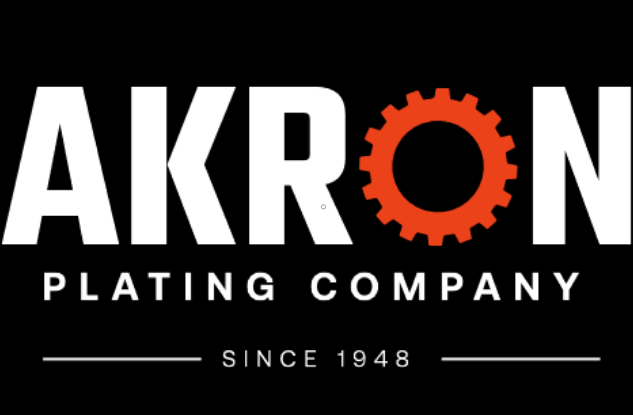Nickel
Bright Nickel
Nickel Plating is the electro deposition of a layer of nickel on a substrate. Bright nickel solutions contain organic addition agents which compliment each other and yields fully bright nickel deposits. Nickel plating provides high corrosion resistance and protects against hydrogen embrittlement on high strength steels.
Electrolytic nickel plating is a process that involves depositing a layer of nickel onto a substrate through an electrolytic bath. This method offers several benefits, making it a widely used technique in various industries. Here are some key advantages of electrolytic nickel plating:
- Corrosion Resistance:
- Nickel is inherently corrosion-resistant, and the electrolytic nickel plating process adds a protective layer that enhances the substrate’s resistance to corrosion. This makes it particularly valuable for applications in harsh environments.
- Wear Resistance:
- Electrolytic nickel plating improves the hardness and wear resistance of the substrate. This makes it an excellent choice for components that experience friction, abrasion, or other forms of wear, extending the lifespan of the coated materials.
- Surface Finish and Appearance:
- Nickel plating can provide a smooth and lustrous surface finish. This aesthetic quality is often desirable in decorative applications for consumer products or high-end industrial components.
- Solderability and Bonding:
- The plated nickel layer enhances solderability, making it easier to join components through soldering processes. It also improves the adhesion of other materials, facilitating bonding with adhesives or other coatings.
- Ductility and Toughness:
- Electrolytic nickel deposits are typically ductile and tough, which means they can withstand bending and deformation without cracking. This property is beneficial in applications where flexibility or impact resistance is crucial.
- Uniform Coating Thickness:
- Electrolytic nickel plating allows for the precise control of coating thickness. This uniformity is essential in applications where consistent performance and dimensions are critical.
- Machinability:
- Nickel-plated surfaces can be machined easily, allowing for additional processing or modifications after the plating process. This is advantageous in industries where precise machining is required.
Nickel specs
The most common nickel plating specification is AMS-QQ-290
- Class 1 – Corrosion protective plating
Grade A – 0.0016 inches thick
Grade B – 0.0012 inches thick
Grade C – 0.0010 inches thick
Grade D – 0.0008 inches thick
Grade E – 0.0006 inches thick
Grade F – 0.0004 inches thick
Grade G – 0.0002 inches thick - Class 2 – Engineering plating
The thickness for class 2 shall be specified on the purchasing documents.
If it is not specified, it shall be 0.002 to 0.003 inches.
